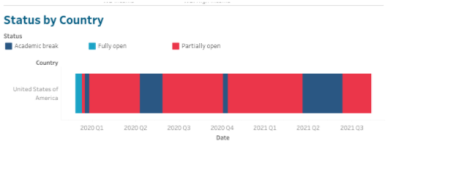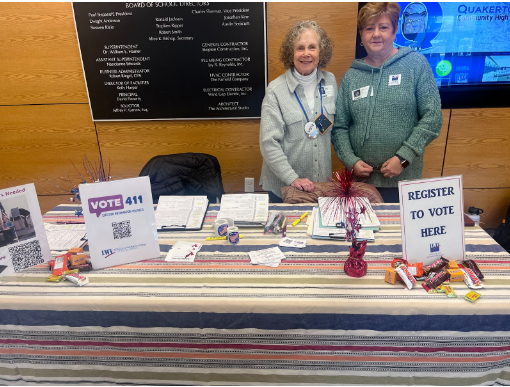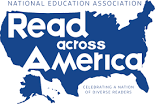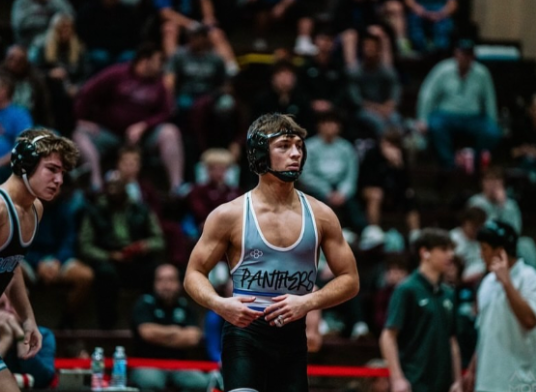New Year, Same Pandemic
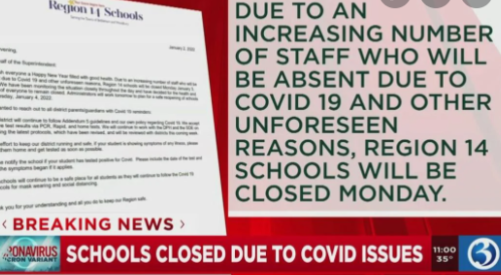
January 25, 2022
With the start of 2022 came a surprise most people thought we wouldn’t have to face again: school closures due to Covid-19. The outbreak of the new Omicron variant is forcing children to have to go back to virtual learning. The sheer amount of cases rising between students and teachers is causing huge staffing shortages all across the country.
Teachers and other school staff are calling out sick due to Covid at an extraordinary rate. Schools simply cannot open because they do not have enough teachers or substitutes available. One of the school districts facing this problem is Cincinnati Public Schools. They have made the decision to shift to remote learning again from January 12 through 24 “if staffing levels are sufficient to safely reopen schools.” Schools in Montana and South Carolina are also reporting to close until the 18th, and schools in Arkansas, Colorado, Georgia, and Oregon have also faced closures. Superintendent Michael Lopes Serrao of Oregon’s Parkrose School District states that, “This current wave of the virus placed unprecedented strain on our school system to provide in-person instruction. This is only temporary and we are hopeful to be back in person in a couple of weeks.”
After vaccines became available and cases started to decrease, the country was hopeful that life would begin to return to normal. Face mask mandates were lifted, regulations were put more at ease, and students started their 2021-2022 school year in person, most without masks. However, since the Omicron variant broke out, cases have surged way back up, at around 610,000 cases per day, according to Healthline. The website informs that, “The total number of new COVID-19 cases for the week that ended Jan. 2 was listed at more than 2.9 million, an increase of 103 percent from the previous week.”
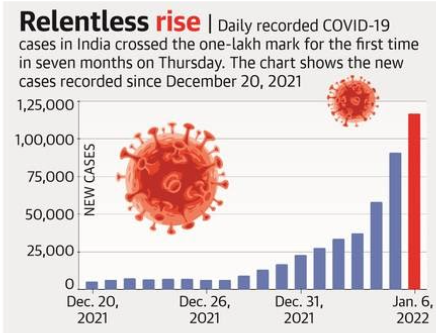
The school closures are becoming a great frustration for parents and students. Children have already lost over a year and a half of normal school, and they are now being forced to lose more. An eleventh-grade Quakertown student stated that, “School closings were hard when it came to virtual learning. I felt like I had to teach myself everything, which made it feel like I wasn’t learning at all.” When asked how learning differs from before Covid and now, she continued to explain, “Before Covid, teachers actually gave us interactive assignments, paper copies of homework, and taught to the class. Now, teachers still use Canvas in the same way they did over virtual learning. Each class follows a list of assignments rather than making the class coherent. Plus, some teachers don’t even teach anymore. They still give online assignments with readings and handouts when they could easily teach it to us in class. Most of the assignments just feel like busy work and have no meaning.” This is a struggle high school students seem to be facing all across the country.
Studies show that online learning has caused a huge obstruction in students’ learning in both learning and social circumstances. CNBC states that, “Nearly all — more than 97% — of educators reported seeing some learning loss in their students over the past year when compared with children in previous years, and a majority, or 57%, estimated their students are behind by more than three months in their social-emotional progress.” This puts a toll on elementary-aged children in terms of developing properly and high school-aged teenagers in their preparations for college. When asked if children are at the level they should be at for their age, a current kindergarten teacher answered, “Every student develops differently. Some thrived [with online learning] and some struggled.” A second-grade teacher replied by saying, “I see huge differences in the level of my students from before Covid and now.” The answer of whether virtual school is hurting children differs depending on who you ask. But nevertheless, with cases rising so high and quickly and schools not having enough staff to teach the students, switching to remote learning is essential in some school districts.
Elementary through high-school-aged students aren’t the only people affected by the rise of Covid cases. Colleges and universities across the country are also shutting down. Some of these include Stanford University, Columbia University, Duke University, University of Illinois Urbana-Champaign, Northwestern University, Temple University, the University of Washington, and all the campuses in the University of California. Omicron is putting a strain on everyone’s lives, some costing them the tens of thousands of dollars they spent on college.
Students and teachers are hopeful that cases will start to decrease again, and school life can return to normal. Education is essential to a child’s development, and remote learning simply cannot give students the same opportunities as in-person learning.
